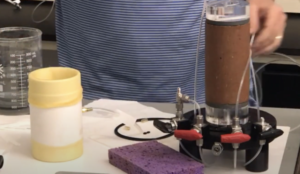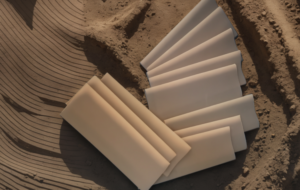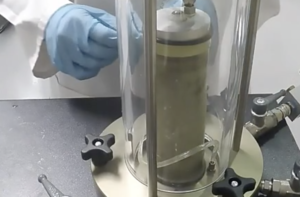What is the Significance of Soil Moisture Tests in Xeriscape Garden Design?
Designing a water-efficient landscape isn’t just about choosing the right plants—it’s also about understanding and managing the soil1 beneath them. In xeriscape gardening, where minimal irrigation is a goal, soil moisture tests2 play a central role. These tests provide essential insights that help ensure plants thrive in low-water environments, guiding everything from plant selection to irrigation timing and mulch application.
Measuring Soil Moisture to Support Drought-Tolerant Planting
In xeriscaping, every drop of water counts. Soil moisture tests help determine how well soil retains water after rainfall or irrigation, and how quickly it dries out. This data is critical for matching the right drought-tolerant plants to the site’s actual conditions3.
Tools for Soil Moisture Testing:
- Tensiometers: Measure soil water tension, showing how hard plants must work to extract water.
- Gravimetric tests: Involve weighing soil before and after drying for accuracy.
- Digital moisture meters: Provide instant, portable readings across zones.
| Soil Type | Water Holding Capacity | Recommended Xeric Plants |
|---|---|---|
| Sandy | Low | Lavender, Yarrow, Salvia |
| Loamy | Moderate | Penstemon, Echinacea, Coreopsis |
| Clay | High (but slow draining) | Switchgrass, Black-eyed Susan, Sedum |
Measuring moisture allows you to make informed plant choices rather than relying solely on assumptions.
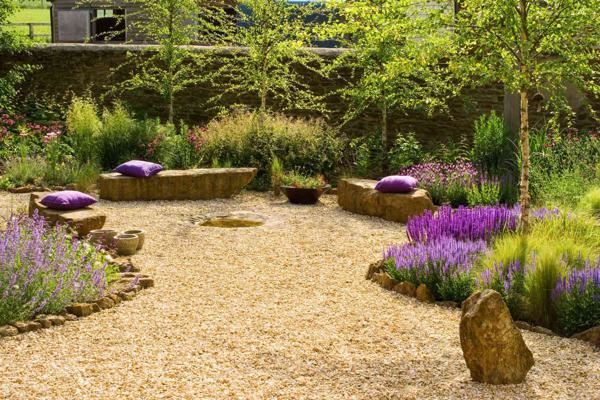
Using Moisture Test Data to Optimize Water-Wise Irrigation Systems
Efficient irrigation is essential in a xeriscape garden—and that starts with knowing how often and how much to water. Soil moisture data helps guide the design of smart irrigation systems4 that save water without stressing plants.
Irrigation Adjustments Based on Moisture Test Results:
- Soil dries out quickly? Use drip irrigation to apply small, consistent amounts.
- Moisture lingers in clay? Space watering days further apart to avoid root rot.
- Varying conditions across the garden? Divide into hydrozones based on soil moisture and plant type.
| Moisture Level | Action Recommended |
|---|---|
| 30% | Delay irrigation; risk of overwatering |
Moisture tests make your irrigation system responsive, precise, and water-wise.
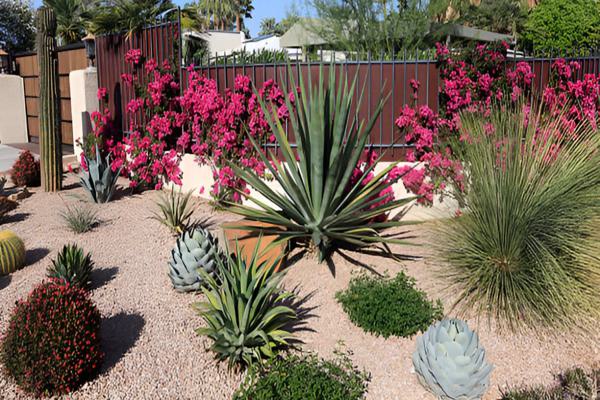
The Relationship Between Soil Moisture and Xeriscape Plant Survival
Xeriscape plants are chosen for their drought resistance, but that doesn’t mean they can survive without moisture altogether. Root health, blooming cycles, and long-term survival5 still depend on maintaining an adequate moisture level.
How Soil Moisture Affects Xeric Plants:
- Too dry for too long: Leaf wilting, stunted growth, and low bloom.
- Too moist: Root rot, fungal diseases, and shortened plant lifespan.
- Ideal range: Encourages deep root systems, which increases drought resilience.
| Plant Stage | Moisture Need | Test Result Interpretation |
|---|---|---|
| Seedling | Moderate–High | Keep soil slightly moist |
| Established plant | Low–Moderate | Allow soil to dry slightly between watering |
| Dormancy (seasonal) | Low | Withhold water entirely unless extreme |
Regular testing helps gardeners strike the perfect balance between plant health and water conservation.
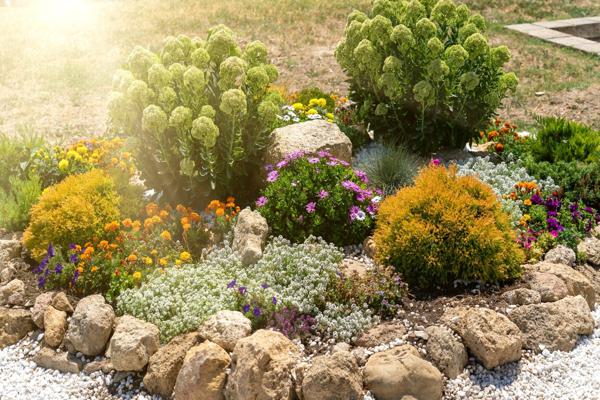
Strategies for Maintaining Soil Moisture Balance in Xeriscape Gardens
Once you’ve tested the soil and optimized irrigation, it’s time to keep moisture where it matters. Soil amendments, mulching, and planting techniques all help retain moisture longer.
Moisture Conservation Techniques:
- Apply 2–3 inches of organic mulch (e.g., bark, straw, pine needles) to reduce evaporation.
- Use compost to improve soil structure and increase water-holding capacity in sandy or silty soils.
- Plant densely to create shade and wind protection at the soil surface.
- Design terraces or swales to reduce runoff on slopes.
| Technique | Effect on Soil Moisture |
|---|---|
| Organic Mulch | Slows evaporation, insulates soil |
| Compost Amendment | Improves retention in poor-textured soils |
| Dense Planting | Creates microclimates, traps moisture |
| Swales/Contours | Captures rainfall for gradual absorption |
With these methods, gardeners can extend the impact of every drop of water, making their xeriscape gardens more resilient and low-maintenance.
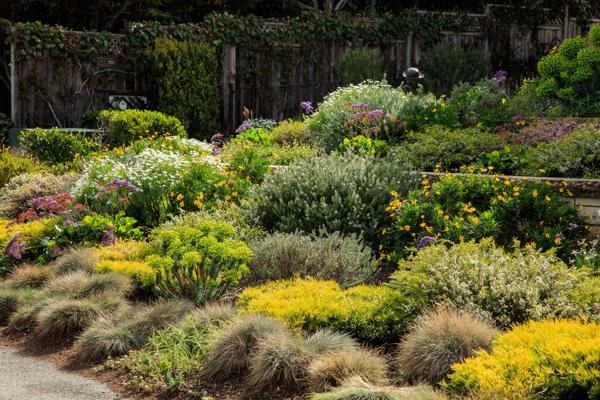
Conclusion
Soil moisture testing is not just a technical detail—it’s the foundation of successful xeriscape design6. From selecting the right plants to creating smart irrigation and maintenance plans, moisture data gives gardeners the insights needed to build thriving landscapes with minimal water use7. With the right tools and a little testing, you can create beauty and sustainability—one soil reading at a time.
-
Explore this resource to learn effective techniques for soil management that enhance plant health and water efficiency. ↩
-
Discover how soil moisture tests can optimize your irrigation strategy and promote sustainable gardening practices. ↩
-
Explore this link to discover how to select the most suitable drought-tolerant plants based on your soil’s unique conditions, ensuring a thriving xeriscape. ↩
-
Explore this link to understand how smart irrigation systems can optimize water usage in your garden, ensuring healthy plants and conservation. ↩
-
Understanding these practices can help you ensure the longevity and beauty of your xeriscape garden. ↩
-
Explore this link to understand the core principles of xeriscape design and how it can lead to sustainable gardening practices. ↩
-
Discover effective strategies for creating beautiful landscapes that conserve water, ensuring sustainability and beauty in your garden. ↩


